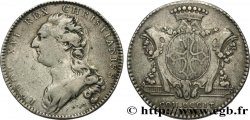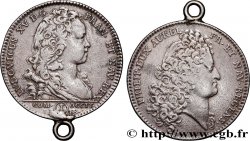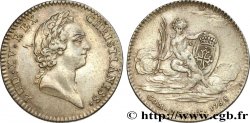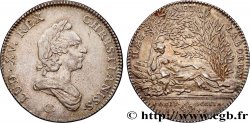fjt_771766 - LANGUEDOC (STATES OF ...) Creusement du canal des deux mers 1677
Not available.
Item sold on our e-shop (2022)
Price : 35.00 €
Item sold on our e-shop (2022)
Price : 35.00 €
Type : Creusement du canal des deux mers
Date: 1677
Metal : brass
Diameter : 25,5 mm
Orientation dies : 6 h.
Weight : 7,39 g.
Edge : Lisse
Rarity : R2
Coments on the condition:
Importantes faiblesses de frappe. Patine hétérogène
Catalogue references :
Predigree :
Jeton provenant de la Collection MARINECHE
Obverse
Obverse legend : .LVD. XIIII. D. G. - FR. ET. NAV. REX..
Obverse description : Buste cuirassé de Louis XIV à droite.
Obverse translation : Louis XIV, par la grâce de Dieu, roi de France et de Navarre.
Reverse
Reverse legend : .APERIT. COMMERCIA. MVNDO. 1677..
Reverse description : Neptune debout de face sur un rocher. Il frappe de son trident la pierre qui s'entrouvre et laisse un passage aux flots de la mer. À l’exergue, la croix de Toulouse entre deux rameaux.
Reverse translation : (Il ouvre au monde de nouvelles voies commerciales).
Commentary
Le revers de ce jeton fait référence à la construction du Canal du Midi autrement connu sous le nom de Canal du Languedoc ou de Canal des Deux-Mers. L'idée de sa création remonte à François Ier. le 15 novembre 1662, Pierre-Paul de Riquet, seigneur de Bonrepos, présenta un projet pour le creusement de ce canal. Un édit du 14 octobre 1666 ordonna le début des travaux qui employèrent environ 12.000 hommes. Les travaux furent achevés le 15 mars 1681 après quinze années de dur labeur ayant nécessité la construction de 126 ponts, 55 aqueducs, 6 barrages, 7 pont-canaux et 1 tunnel. Ce canal qui relie la Garonne à la Méditerranée fait actuellement 240 kilomètres.







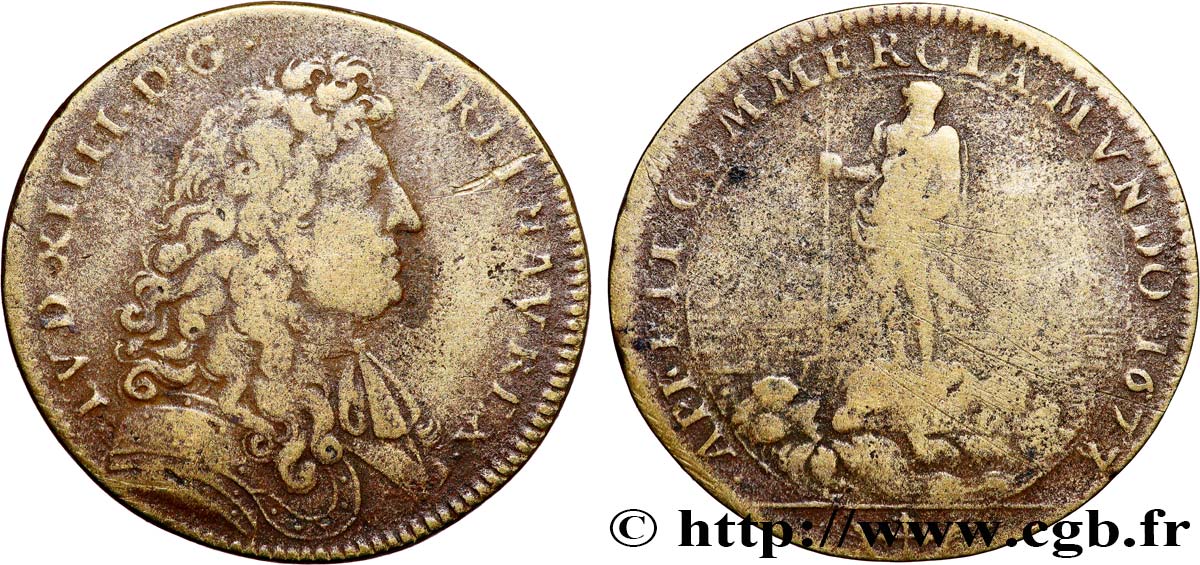
 Report a mistake
Report a mistake Print the page
Print the page Share my selection
Share my selection Ask a question
Ask a question Consign / sell
Consign / sell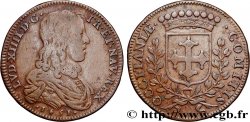
 Full data
Full data